
SSD vs HDD – Which is Better?
Discover the perfect storage solution - Explore the benefits of SSD vs HDD and find out which powers your laptop best. 💾🚀
TLC SSD endurance matters: discover how TLC NAND balances speed and longevity, decode TBW and write cycles, and get practical tips to extend your drive's life. 🔋⚡
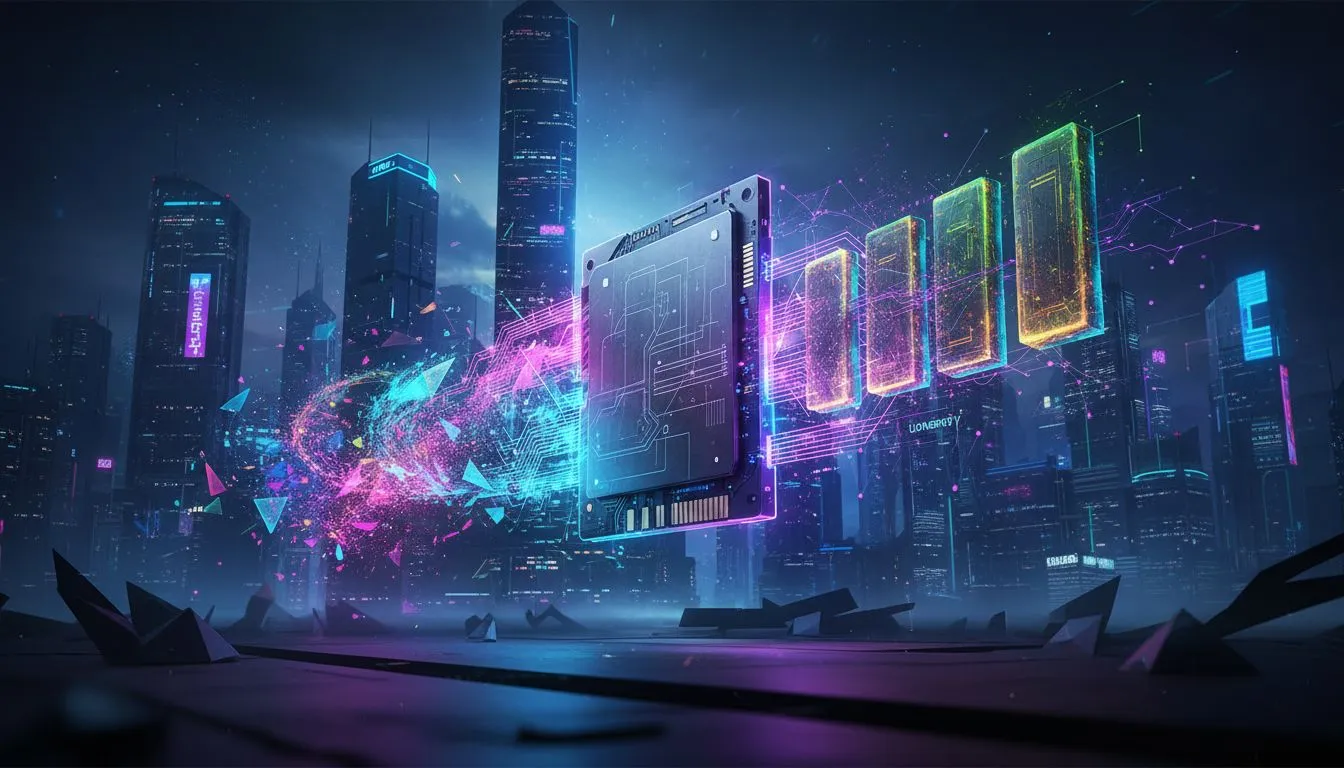
So you’ve heard the hype. Solid-State Drives (SSDs) are lightning-fast, booting your PC in seconds and slashing game load times. But there’s always that quiet worry, right? How long will it actually last? This is especially true for TLC drives, the most common type on the market. Let's cut through the jargon and get to the heart of TLC SSD endurance, so you can buy your next drive with total confidence. 🚀
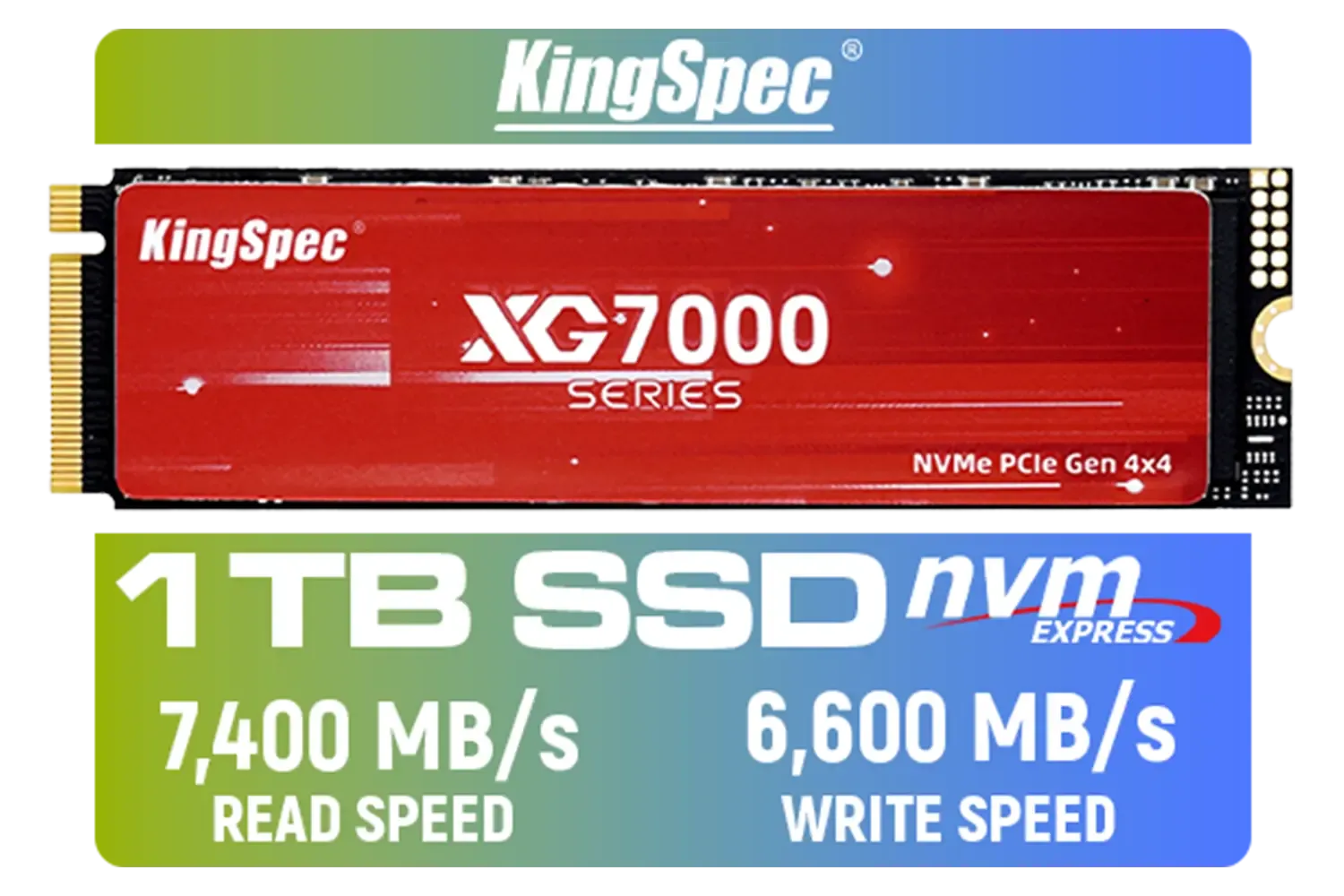
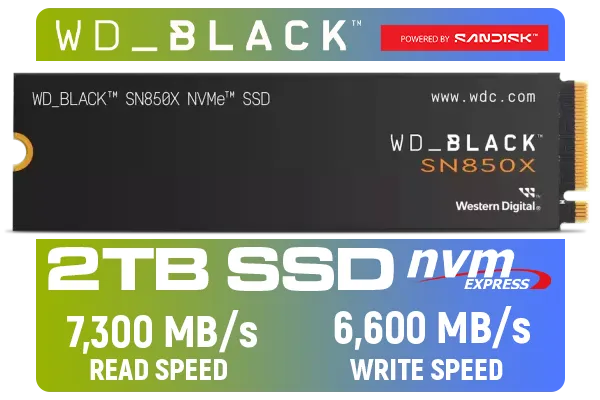

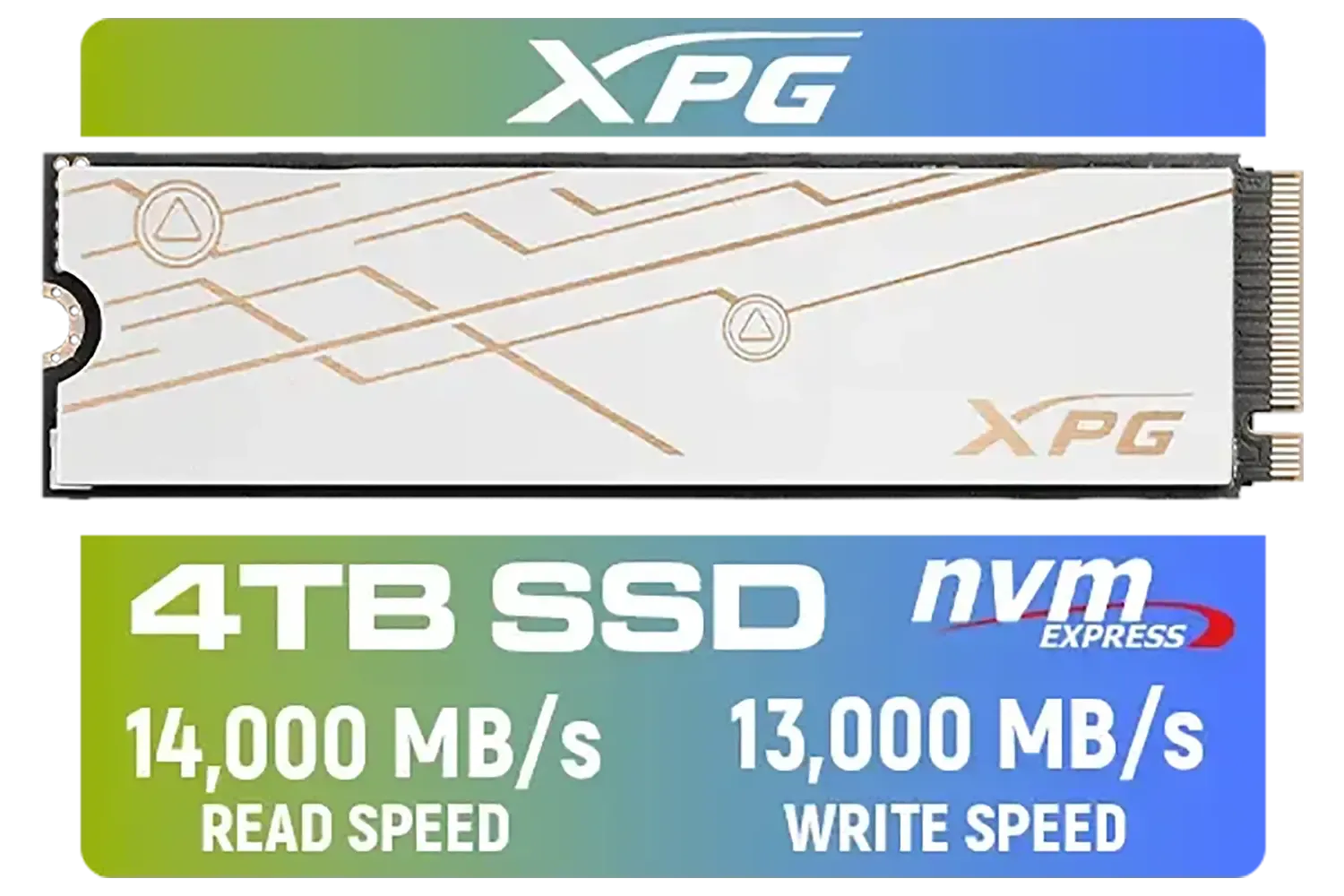

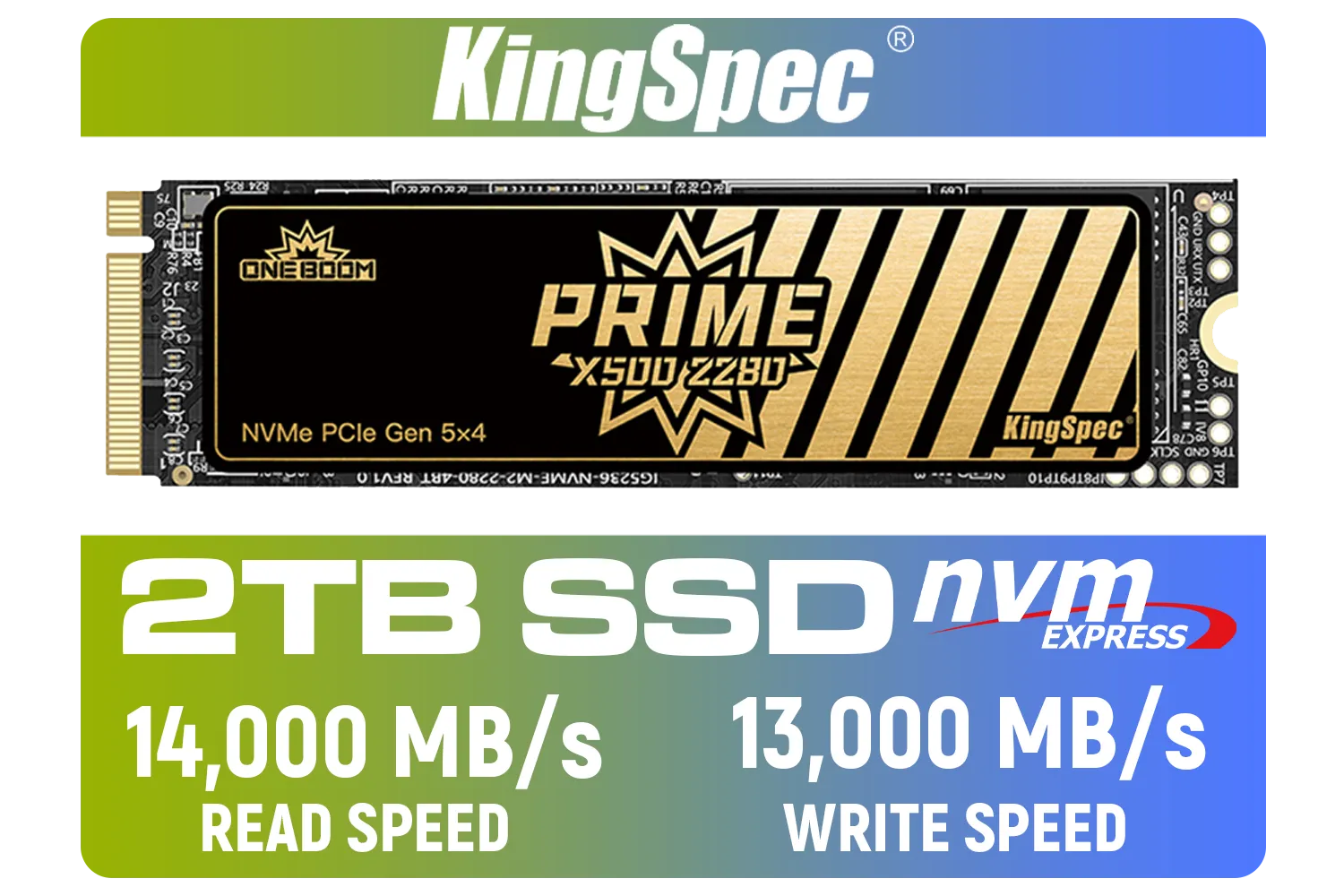
At the core of every consumer SSD is NAND flash memory, a collection of microscopic cells that store your data. Think of them as tiny, high-tech containers. The "TLC" in TLC NAND stands for Triple-Level Cell. This simply means each individual cell can store three bits of data.
Why does this matter? By storing more data per cell, manufacturers can create higher-capacity drives for less money. It's the reason you can now get a massive 2TB SSD without having to sell a kidney. The trade-off, however, is that writing data to a more complex cell causes slightly more wear and tear over time. This is the central question of TLC SSD endurance: balancing affordability and speed with long-term reliability.
This is where the fear-mongering often begins, but the reality is far less dramatic. Modern SSDs are incredibly resilient. Their longevity is measured in Terabytes Written (TBW). A drive with a 600 TBW rating means you can write a staggering 600 terabytes of data to it before you might start seeing issues.
Let’s put that in perspective for a South African gamer. The latest AAA title might be 150GB. To hit a 600 TBW limit, you'd need to install and delete that massive game over 4,000 times. For the average user, this translates to well over a decade of heavy use. The endurance of TLC SSDs from reputable brands like Kingston is more than sufficient for almost any gaming or content creation rig. ✨

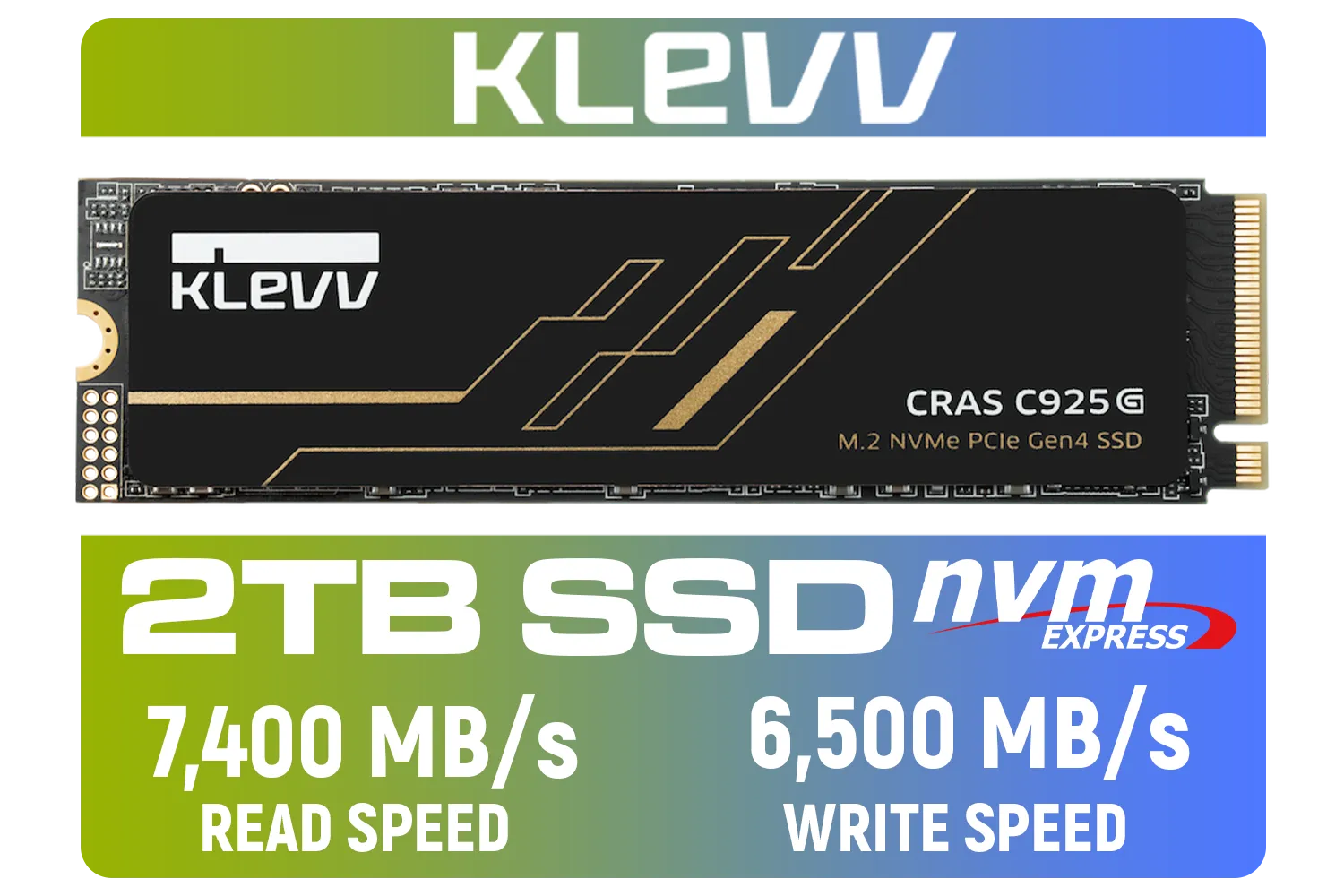
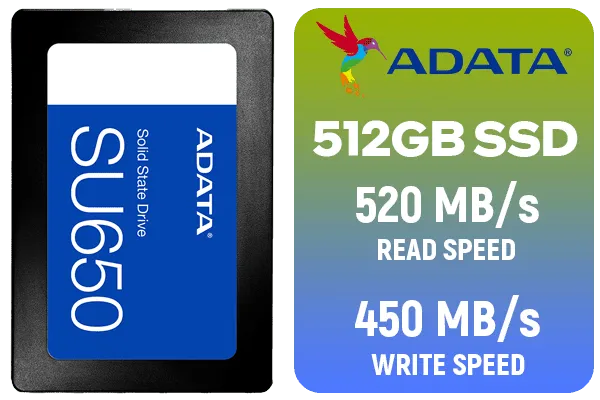
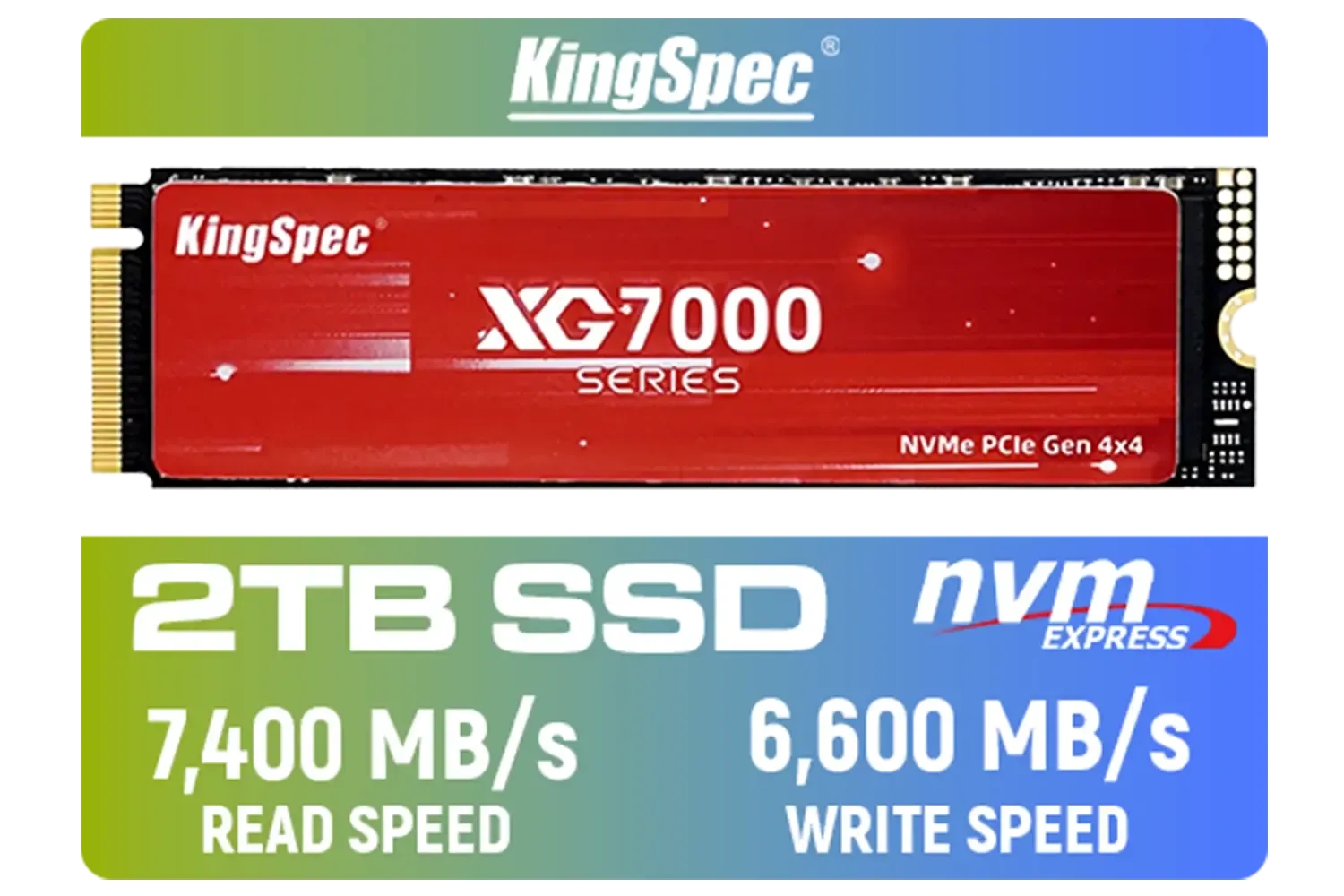


Want to see how your current SSD is holding up? Download a free tool like CrystalDiskInfo. It gives you a simple "Health Status" percentage and shows you exactly how much data you've written to the drive over its lifetime. It's a great way to see just how durable modern drives are!
So, is a TLC SSD the right choice for you? For over 99% of PC users, the answer is a resounding yes. The technology has matured beautifully, and clever features like wear-levelling algorithms and over-provisioning (setting aside extra memory blocks) work in the background to maximise the drive's lifespan. The superior TLC SSD endurance found in today's drives makes them the undeniable sweet spot.
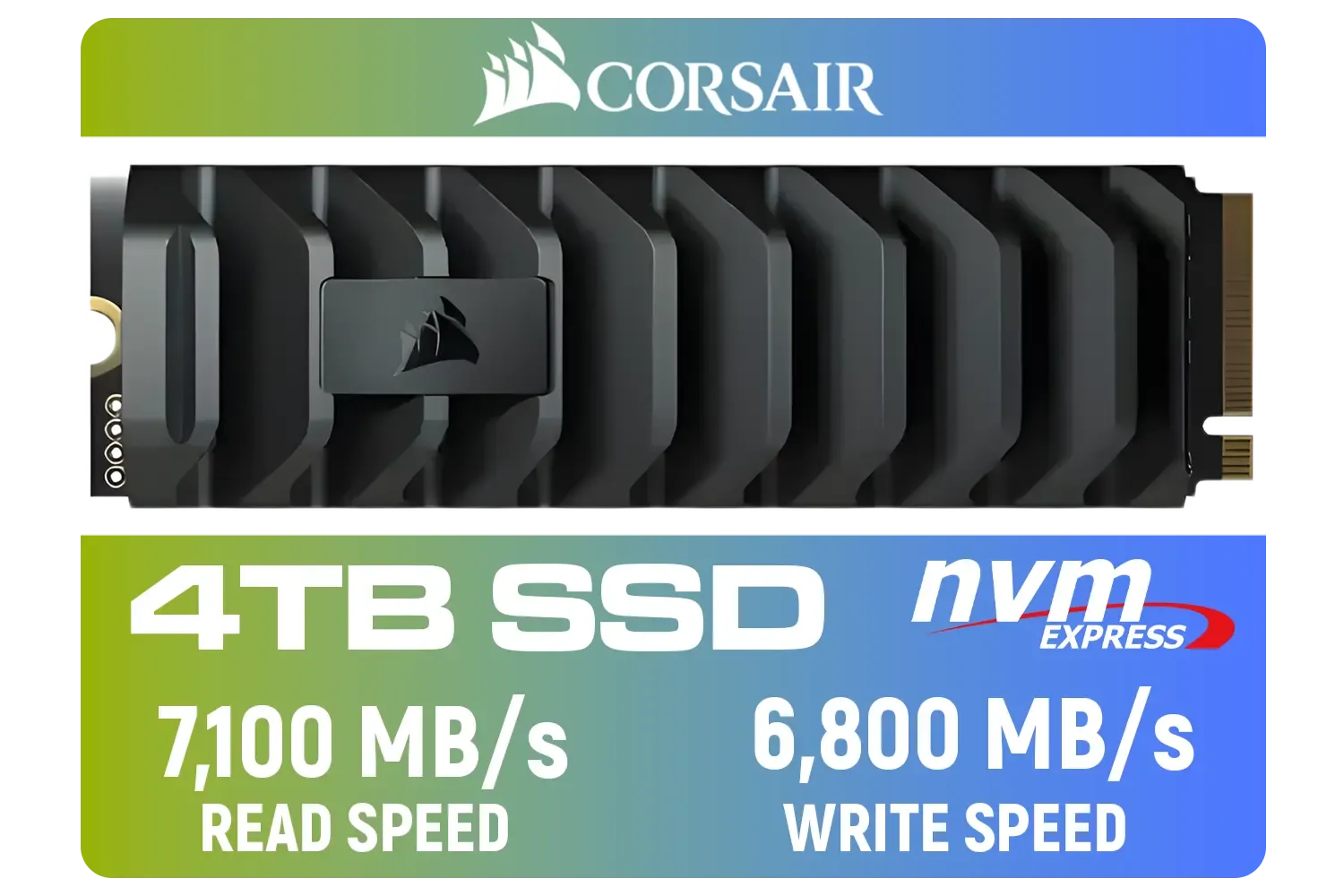

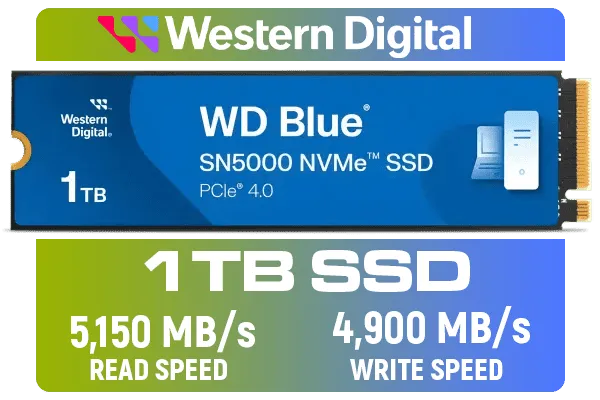

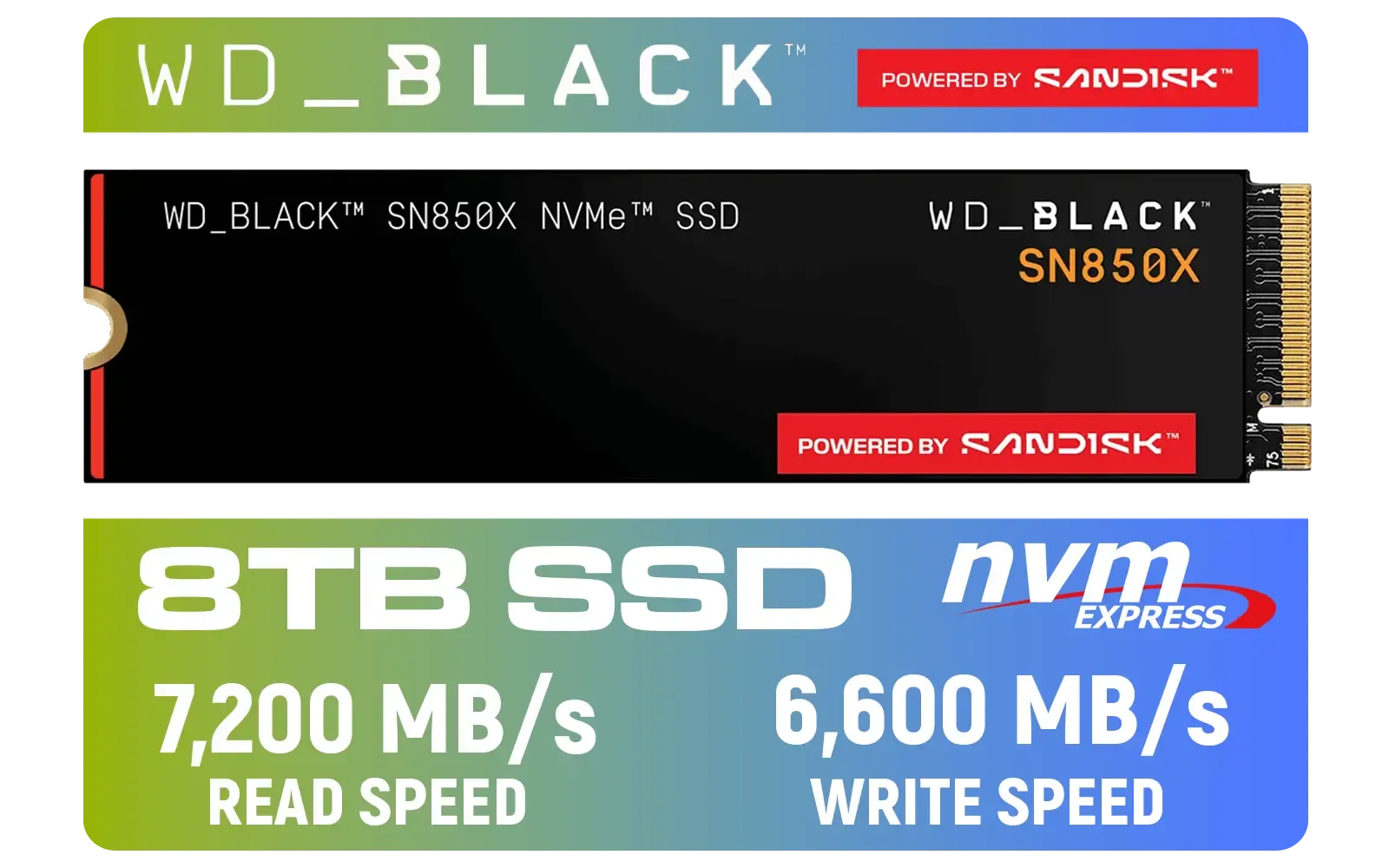

While professional data centres might opt for more expensive SLC (Single-Level Cell) drives, for your gaming PC or work machine, TLC offers the perfect blend of performance and price. Brands like ADATA offer fantastic value, while performance-focused options from CORSAIR can push your system's speed to the absolute limit. The days of worrying about your SSD dying prematurely are long gone.
Ready to Find Your Perfect Match? Worrying about longevity is a thing of the past. Modern TLC SSDs offer the perfect blend of blistering speed and rock-solid reliability for South African gamers. Explore our wide range of SSDs and give your PC the upgrade it deserves.
TLC SSD endurance measures NAND durability, often given as TBW or DWPD, indicating how many total writes a TLC NAND drive can sustain.
TBW (terabytes written) estimates total writable data before wear; higher TBW means longer TLC SSD lifespan under typical workloads.
TLC NAND stores more bits per cell, so it can be slower than MLC or SLC, but modern controllers and caching restore real-world speed.
Yes — enable TRIM, avoid constant full-disk writes, use overprovisioning, and monitor TBW to extend TLC SSD lifespan.
DWPD (drive writes per day) shows how many full-drive writes are safe each day; use DWPD to compare enterprise TLC SSD endurance.
Yes — most consumer TLC SSDs have sufficient TBW for gaming and everyday use; choose drives with higher endurance for heavy writes.
Advanced controllers and SLC caches reduce write amplification and improve TLC NAND endurance and performance under load.